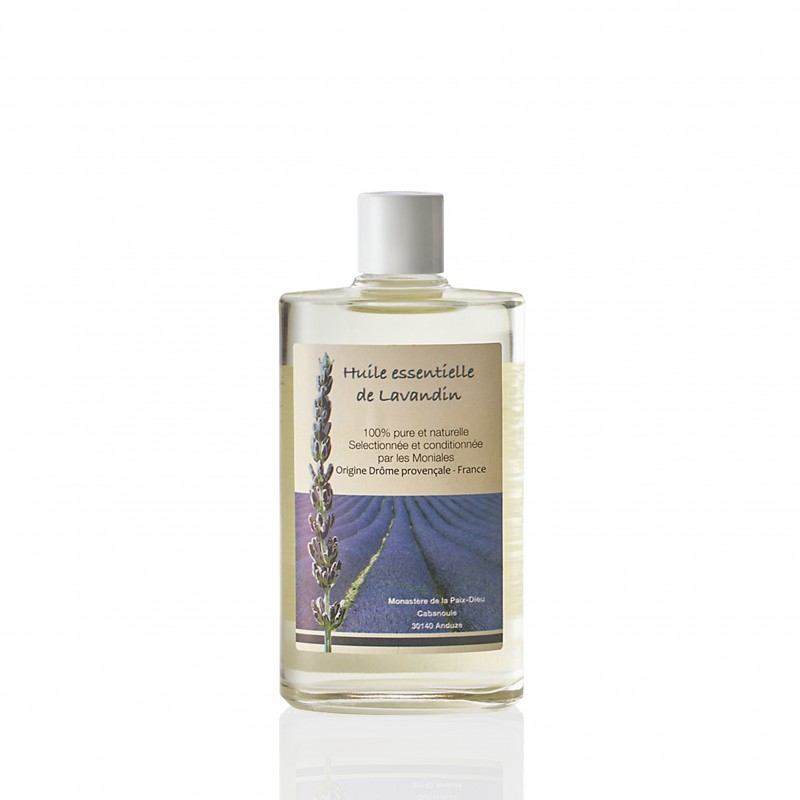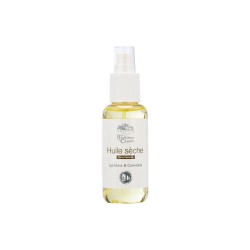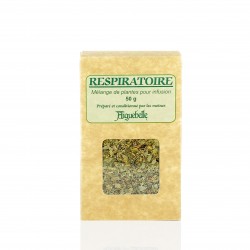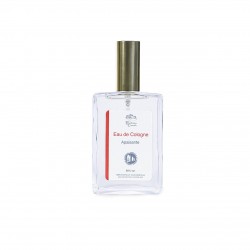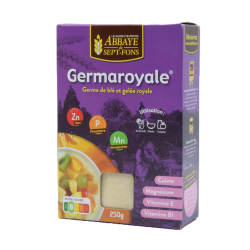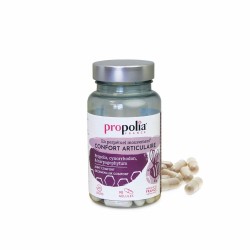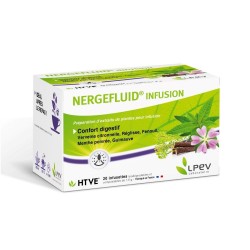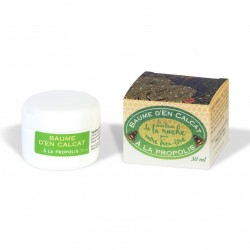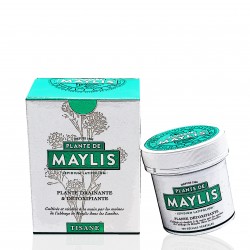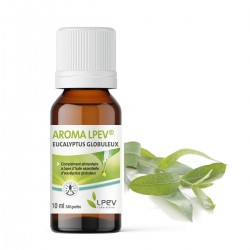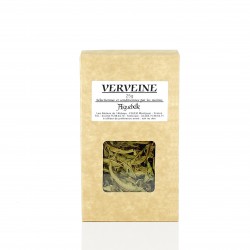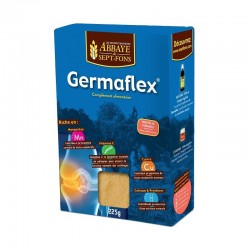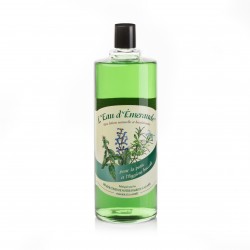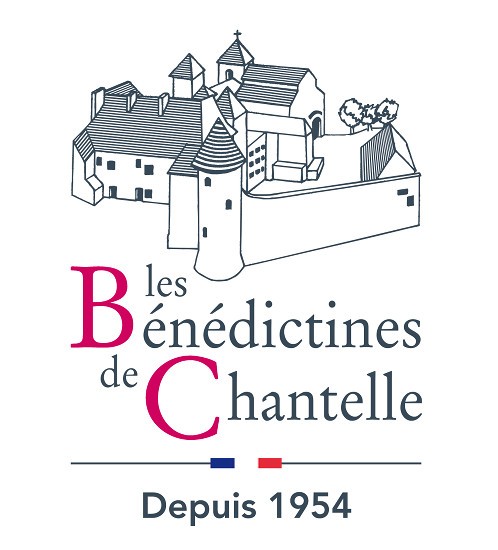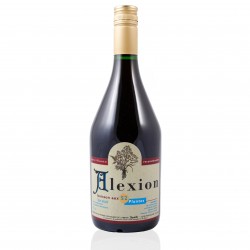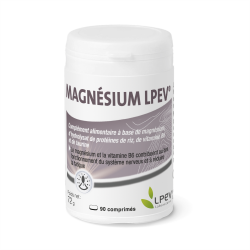100% pure and natural essential oils
Lavandin essential oil, renowned for its qualities since Antiquity, can be applied:
- In friction
- In application
- Inhalation
- In broadcast
- By depositing a few drops
- To obtain a pleasant eau de toilette, proceed as follows:
Pour 3 tablespoons of lavender extract (45 ml)
Add 250 ml of 90 ° alcohol
Mix with 100 ml of water.
Precautions for use
In case of contact with eyes, rinse thoroughly with clean water.
Do not use for children under three years old and pregnant or breastfeeding women.
Supplier: Monastery of Paix-Dieu - Chemin de Cabanoule - 30140 ANDUZE - France
Ingredients: 100% pure and natural lavender essential oil
Capacity: 100 ml
Made in France
“It seems to me necessary as a future dispensary pharmacist to make people aware of these natural medicines, to show them that we can work very effectively without going to allopathy as a first-line treatment. And so only switch to this type of therapy when they really need it. »Introduction of a thesis report published by UNIVERSITE PAUL SABATIER TOULOUSE III
I. HISTORY OF AROMATHERAPY
Historically, humans have been looking in plants for food and healing. All civilizations have studied and used them. The use of HE is not new. Quite the contrary, essential oils have been in common use for millennia, but they have been overshadowed during the last century by incredible advances in chemistry and the synthesis of molecules. However, for the past fifteen years, HEs have returned to the front of the stage, driven by the evolution of conscience and health scandals.
Before Jesus Christ
It is around the Mediterranean basin considered to be the cradle of HE, that medicinal science will be established with the great Egyptian, Babylonian, then Greek and Roman civilizations. It is the Egyptian texts (papyrus dating from 4500 BC) which provide the most detailed descriptions. Plants were used in all areas of life, to make perfumes, cosmetics, but also for sacred use, because at that time, medicine was attached to a belief in magic. It was used to embalm the dead in order to bring humans closer to the gods. This use reveals the Egyptians' perfect mastery of the antibacterial and antiputrid virtues of certain HEs. In the tomb of Tutankhamun, we found jars containing resins, including incense, still fragrant after 3200 years. The mode of use of HE has not changed much. Among the Egyptians, HE was used as an ointment or balm for skin application. Egyptian civilization is considered to be the creator of HE and has influenced many civilizations. (2) In the Middle East, HE began to be used in 4000 BC, in the field of perfumery, but, under the Egyptian influence they are more and more used for medical purposes to "cure the body and the spirit". In Greece, HE is used in perfumery. It was Alexandre Le Grand who imported the HE into Greece after his conquest of Egypt. From 1200 BC. AD, the Phoenician trade brings pepper, cinnamon, incense back to the East. In the 5th century BC. AD, Hippocrates, father of scientific medicine, gathers all the medical knowledge of the time in the book - 11 - "Aphorisms". This work lists nearly 230 plants and explains his medical observations. Thereafter, Aristotle establishes a work with more than 500 plants used in medicine. Finally, Théophraste performs a classification of plants, in his work "Historia plantarum". Subsequently, under the influence of the Greeks, the Romans became interested in spices and HE. At that time, aromatic baths, lotions, ointments and scented creams were in common use in Rome. A few centuries later, Dioscorides, a Greek doctor, resumed the work of Hippocrates, and listed 529 species of plants in his work "De materia medica".
1.2 After Christ
In the early Middle Ages, HE was not used much because it had a connotation of evil products. Interest in HE revived during the Crusader era. The HE, or "Arabian perfumes" gradually spread throughout Europe. The Crusades facilitated trade in spices and increased the technical knowledge of distillation. (3) During this period marked by epidemics, HE had a central role as an antibiotic. The Arab countries are considerably advancing aromatherapy and in particular distillation methods, thanks to the creation of the serpentine. This allows the aromatic vapor to cool quickly and to lose less liquid. It is Avicenna, doctor and philosopher (980-1037), who produces the first pure HE; that of roses and he is developing the still. Avicenna writes numerous medical works in which he gives a large place to the HE. The European Renaissance was the creative era in the spread of HE. The first diffusers were called "pomanders" and were known to disinfect homes and people during the plague period. Aromatherapy then falls into oblivion and it was not until the 20th century that it reappeared as a medicine in its own right. France occupies by far the first place in the modern history of aromatherapy.
1.2 The rediscovery of essential oils in the 20th century
From the end of the Revolution, until the twentieth century, no notable discovery was made in aromatherapy. In 1910, René-Maurice Gattefossé, chemist, perfumer and father of scientific aromatherapy, burned his hand during an explosion in his laboratory. By reflex, he plunges his hand into a container filled with real lavender essential oil. The relief is immediate, the healing of the wound and its healing was very fast, without infections or scars. This surprising result prompts him to devote himself to studying the antibacterial properties of HE. In 1928 he created the word "aromatherapy" and in 1931 published a work of the same name in which he described the relationship between biochemical structure and activity of aromatic components and codified the great properties of natural aromas. Unfortunately the discoveries of René-Maurice Gattefossé did not receive a great success, because at that time, he developed synthetic chemicals in parallel. (4) In 1929, Sévelinge, a Lyon pharmacist, studied HE in medicine veterinarian and confirms the high antibacterial potential of these aromatic substances. Then, in 1964, Doctor Valnet, a military surgeon, verified the anti-infective efficacy of HE directly on the ground during the Indochina War. He then published popular works including "Aromatherapy: treatment of diseases with the essences of plants" which made known to the general public the effectiveness of HE. It thus revives medical use. In 1975, Pierre Franchomme, French biochemist founded the first laboratory specializing in HE. It highlights the importance of the chemotype (a concept which will be explained later). Its precision makes it possible to reduce therapeutic failures and to reduce side effects or the risks of toxicity. In 1991, Dominique Baudoux, Belgian pharmacist, took over the management of Pierre Franchomme's laboratory. It sells ready-to-use HE synergies for consumers. In addition, it transforms HE so that they are easier to use (capsules, shampoos, friction ...). Dominique Baudoux decides to specialize in teaching, by opening the first aromatherapy school in 1990. He also publishes numerous books intended for all, in order to improve the information available around the world of HE and to limit the risks use.
The rediscovery of essential oils in the 20th century
From the end of the Revolution, until the twentieth century, no notable discovery was made in aromatherapy. In 1910, René-Maurice Gattefossé, chemist, perfumer and father of scientific aromatherapy, burned his hand during an explosion in his laboratory. By reflex, he plunges his hand into a container filled with real lavender essential oil. The relief is immediate, the healing of the wound and its healing was very fast, without infections or scars. This surprising result prompts him to devote himself to studying the antibacterial properties of HE. In 1928 he created the word "aromatherapy" and in 1931 published a work of the same name in which he described the relationship between biochemical structure and activity of aromatic components and codified the great properties of natural aromas. Unfortunately the discoveries of René-Maurice Gattefossé did not receive a great success, because at that time, he developed synthetic chemicals in parallel. (4) In 1929, Sévelinge, a Lyon pharmacist, studied HE in medicine veterinarian and confirms the high antibacterial potential of these aromatic substances. Then, in 1964, Doctor Valnet, a military surgeon, verified the anti-infective efficacy of HE directly on the ground during the Indochina War. He then published popular works including "Aromatherapy: treatment of diseases with the essences of plants" which made known to the general public the effectiveness of HE. It thus revives medical use. In 1975, Pierre Franchomme, French biochemist founded the first laboratory specializing in HE. It highlights the importance of the chemotype (a concept which will be explained later). Its precision makes it possible to reduce therapeutic failures and to reduce side effects or the risks of toxicity. In 1991, Dominique Baudoux, Belgian pharmacist, took over the management of Pierre Franchomme's laboratory. It sells ready-to-use HE synergies for consumers. In addition, it transforms HE so that they are easier to use (capsules, shampoos, friction ...). Dominique Baudoux decides to specialize in teaching, by opening the first aromatherapy school in 1990. He also publishes numerous books intended for all, in order to improve the information available around the world of HE and to limit the risks use.
Today, aromatherapy is accessible to everyone and the knowledge of its uses is precise. It is then up to the consumer to take an interest in it and to keep a critical eye on the quality of the products they buy.
II. AROMATHERAPY
The word "aromatherapy" is a term created in 1928 by the chemist René-Maurice Gattefossé which comes from the Latin aroma, "aromatis" and from the Greek therapeia, "treatment", "care". Aromatherapy is based on precise botanical knowledge. It corresponds to the use of the only aromatic fraction of plants in order to perfume, prevent or relieve symptoms of a physical or nervous order. It differs from phytotherapy, which uses the whole plant. It is a natural "biochemistry" which is based on the relationship between the chemical components of essential oils and the therapeutic activities that result from it. Scientific aromatherapy or aromatology is the study of essential oils. It is a science that uses a rigorous methodology and is based on solid scientific data, confirmed by the clinic and by numerous laboratory tests. It is a quality natural therapy, very effective and which complements all other alternative or allopathic approaches very well.
